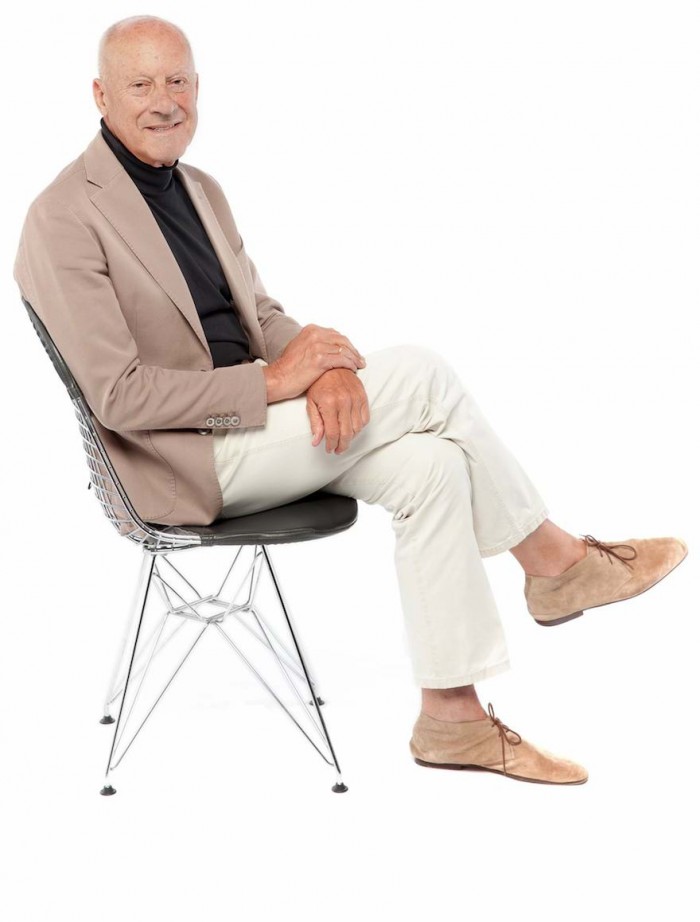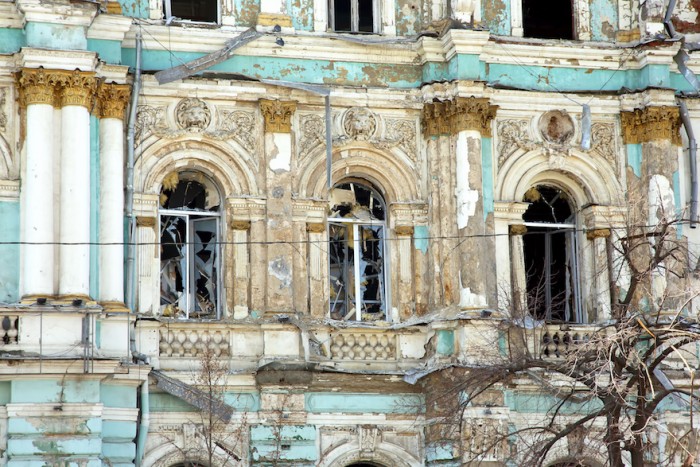Norman Foster is one of Britain’s most prolific and celebrated architects. He has received various accolades, including a life peerage from the Queen in 1999. His work displays a keen interest in sustainability and how it can be incorporated into the built environment.
Earlier this year, Foster met with the mayor of Kharkiv, the second largest city in Ukraine and one of the most significantly damaged by Russian bombings. Foster has drawn up a manifesto proposing how he might rebuild Kharkiv, a city that has lost nearly a quarter of all its buildings. Among these losses are those of essential buildings, such as hospitals, clinics and schools.
Foster’s manifesto lays out a vision of a rejuvenated Kharkiv, one that merges its treasured heritage with the very best of advanced technology and green design. This type of retrofitting the built environment would ensure that Kharkiv would be a city of the future.
Foster’s involvement in the city provides its occupants with much needed hope and it’s not difficult to see why he’s interested. Foster has spoken extensively about the similarities between cities like Kharkiv and the process that London underwent after the blitz in WWII. Both instances speak to the rebirth of a city which has suffered greatly. In addition, the prospect of this development would be good news for local Ukrainians. Foster’s vision includes incorporating a local workforce with a global one, using both individuals and companies to realise this new city.
However, there has been some pushback. Ukrainian architect Slava Balbek from Balbek Bureau disagrees with the logic of rebuilding Kharkiv at this time. Balbek claims that reconstructing Kharkiv now would be short-sighted as it is still being actively attacked and bombed by Russian forces, with the threat of damage to newly constructed buildings.
Balbek also argues that there are other cities that could use Foster’s resources – Mariupol, for example, has been almost completely obliterated and there are multiple affected people in the surrounding rural areas.
It is difficult not to see Balbek’s logic, particularly as someone on the ground in Ukraine. But it’s also wise not to underestimate the effect that hope can have on people as a driving force for unification. The promise of a new Kharkiv may help its residents keep up the fight for it. It may also set an example for other foreign investors to do the same for other Ukrainian cities. Even if now is not the perfect time, Foster’s plans could be a hope deferred – but not indefinitely.
To find out more about Norman Foster’s current and past work, visit his website: https://www.fosterandpartners.com/.
Read more:
Credits: Foster and Partners, Photosaint







